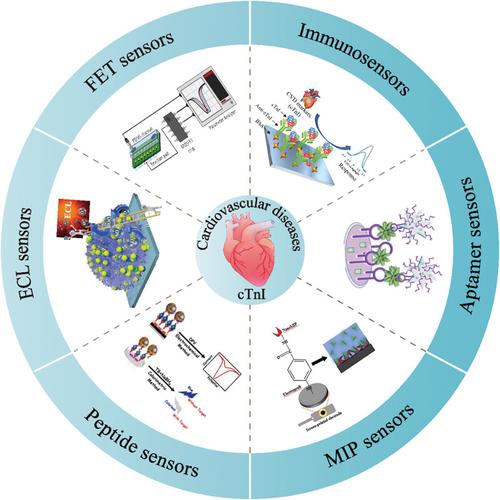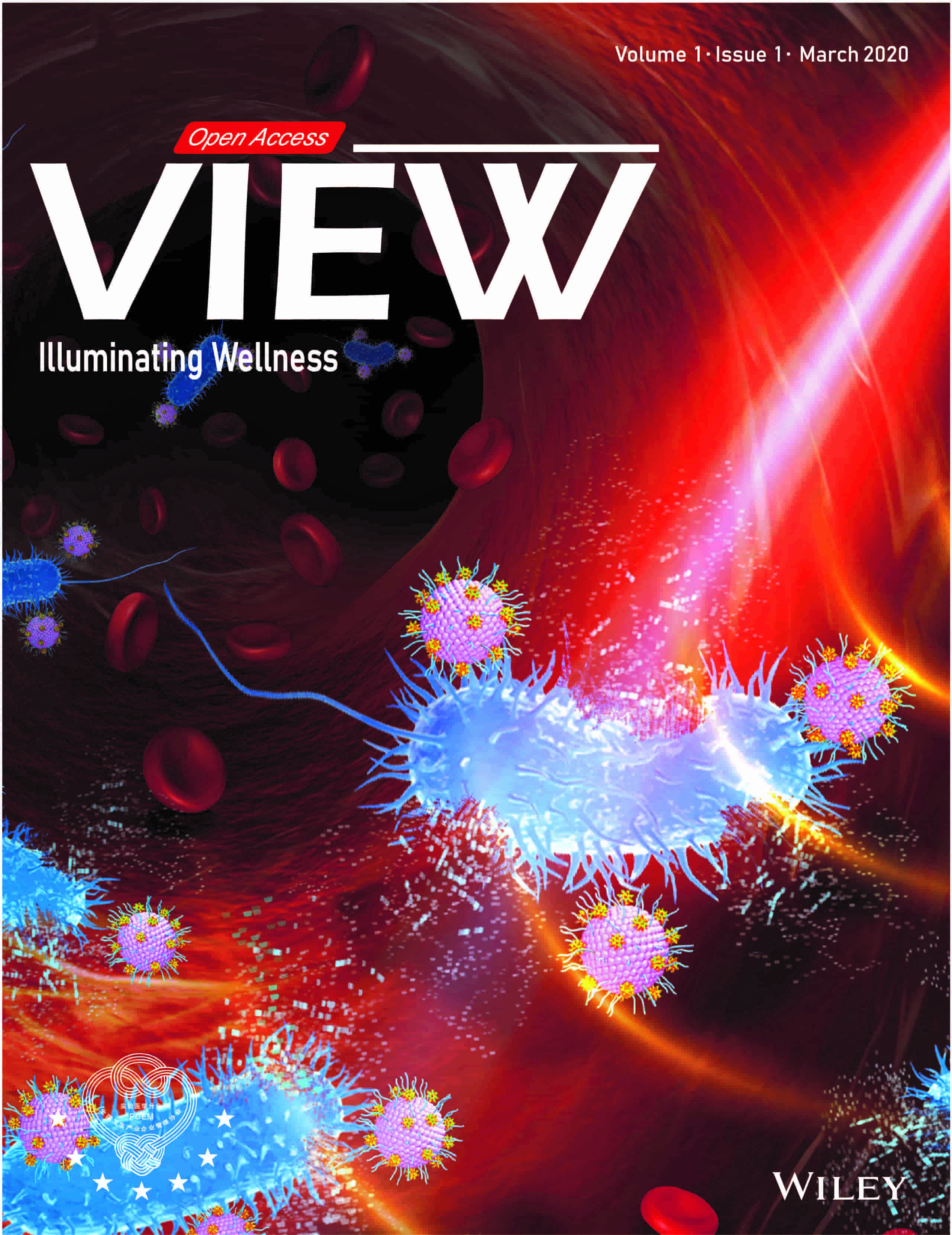Electrochemical detection of the cardiac biomarker cardiac troponin I
IF 8.5
4区 医学
Q1 MATERIALS SCIENCE, BIOMATERIALS
引用次数: 0
Abstract
Acute myocardial infarction (AMI) is a major cause of cardiovascular disease-related death. It is essential for patients with cardiovascular disease to receive an early diagnosis of AMI. The most popular technique for the early detection of AMI is the use of biosensors to monitor the concentration of pertinent biomarkers, such as cardiac troponin I (cTnI), in the blood. The electrochemical detection methods hold great promise because of their simplicity, miniaturization, ease of integration, high sensitivity, and rapid response. The prime motive of this review is to present a comprehensive understanding of the pros and cons of methodologies employed for the electrochemical approaches toward the detection of cTnI. A detailed summary is provided for the immunosensors, aptamer sensors, molecular imprinting sensors, and peptide sensors based on various affinity elements. We enumerate the modified electrode materials for electrochemical sensors as well as popular detection techniques. Furthermore, this paper reviews some recent significant advances in point-of-care assays for rapid, accurate detection of cTnI as a smart integrated device for home monitoring. The accumulation of knowledge about these functions will lead to new insights into and concepts for the design of portable miniature sensors for cardiovascular patients at risk of AMI. It is anticipated that the interdisciplinary collaboration can bring more enlightenment to the progress of cardiac biomarkers sensor in the future.

心脏生物标记物心肌肌钙蛋白 I 的电化学检测
急性心肌梗死(AMI)是心血管疾病相关死亡的主要原因。对心血管疾病患者来说,早期诊断急性心肌梗死至关重要。早期检测急性心肌梗死最常用的技术是使用生物传感器监测血液中相关生物标志物(如心肌肌钙蛋白 I (cTnI))的浓度。电化学检测方法因其简便、微型化、易于集成、灵敏度高和反应迅速而大有可为。本综述的主要目的是全面介绍检测 cTnI 的电化学方法的优缺点。我们详细总结了基于各种亲和元素的免疫传感器、适配体传感器、分子印迹传感器和肽传感器。我们列举了用于电化学传感器的改性电极材料以及流行的检测技术。此外,本文还回顾了近期在床旁检测方面取得的一些重大进展,这些检测方法可快速、准确地检测 cTnI,是一种用于家庭监测的智能集成设备。有关这些功能的知识积累将为针对有急性心肌梗死风险的心血管病人设计便携式微型传感器提供新的见解和概念。预计跨学科合作将为未来心脏生物标志物传感器的发展带来更多启迪。
本文章由计算机程序翻译,如有差异,请以英文原文为准。
求助全文
约1分钟内获得全文
求助全文
来源期刊

VIEW
Multiple-
CiteScore
12.60
自引率
2.30%
发文量
0
审稿时长
10 weeks
期刊介绍:
View publishes scientific articles studying novel crucial contributions in the areas of Biomaterials and General Chemistry. View features original academic papers which go through peer review by experts in the given subject area.View encourages submissions from the research community where the priority will be on the originality and the practical impact of the reported research.
 求助内容:
求助内容: 应助结果提醒方式:
应助结果提醒方式:


